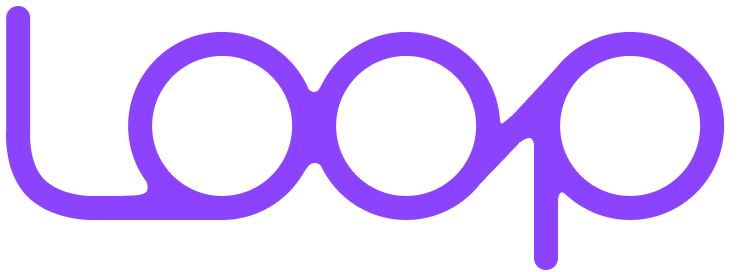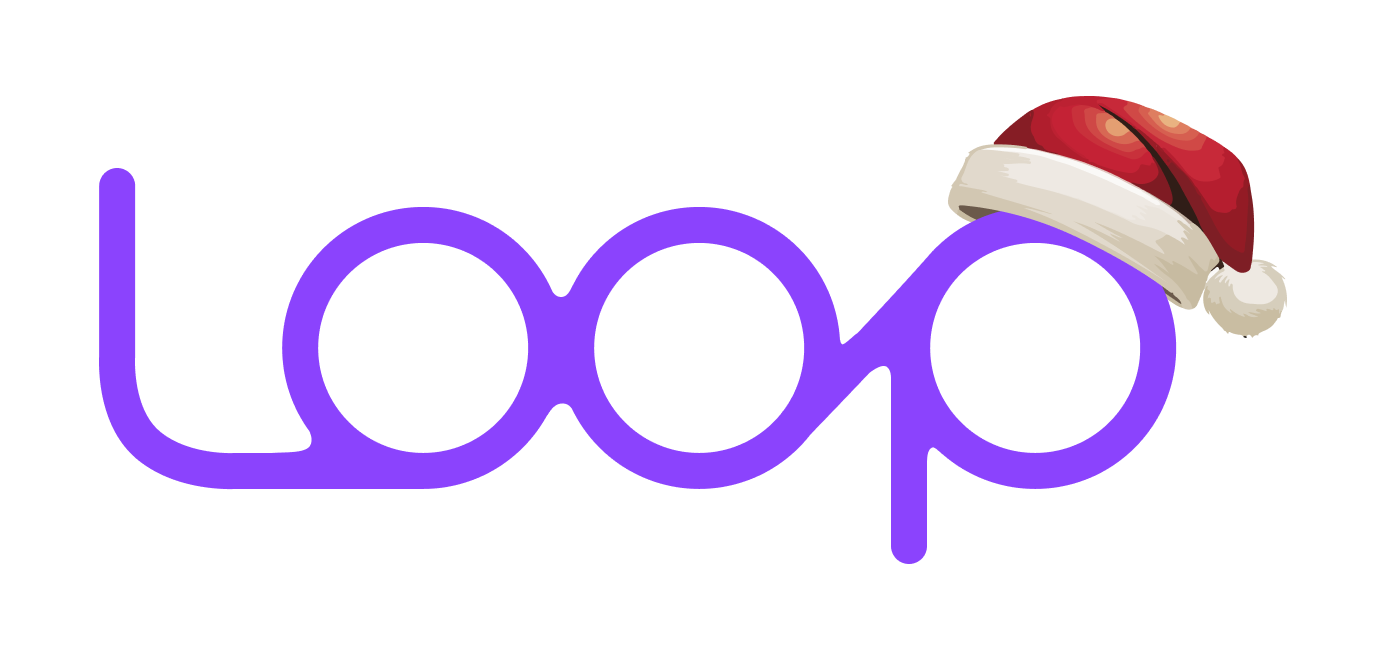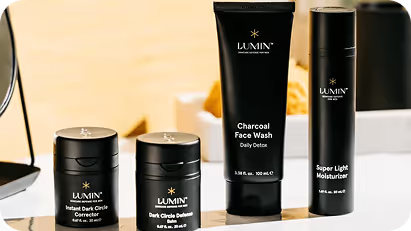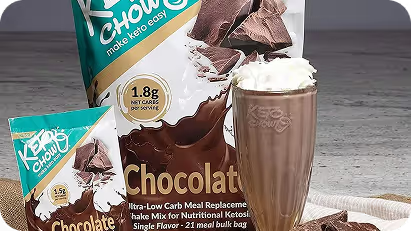Reduce Subscriber Churn with Education-led Content Marketing
Subscriptions are a paid commitment that customers make to brands whose products or services they repeatedly use. They know what the product does, the problem it solves for them, and the purpose they will use your service for in their daily lives.
Unsubscribes occur when they cannot justify your product’s use versus the recurring amount paid. For a subscription-based business – every unsubscribe notification is a call for re-evaluating what you offer to your customers.
A simple, cost-effective, and long-term solution to being relevant to subscribers and reducing churn is to educate your customers using content.
Understanding the psychology of subscriber churn
Subscriber churn is the percentage of paid customers who cancel their subscriptions within a specific period.
A paid subscriber decides to unsubscribe due to one or more following reasons, each of which can be addressed with the right content strategy:
- Unmet expectations: a huge gap in promises made vs promises delivered with your subscription product will make them instantly lose their trust.
- Low customer engagement: being on the minds of customers ensures they recommend your services to their network. Regular newsletters and social media presence help with consistent engagement.
- Unfamiliarity with the product: if your product has a huge learning curve, it may restrict new subscribers from learning or getting used to the user interface. Having product demos, help pages, and tutorials helps new users become familiar with your subscription product or service.
- Cognitive Dissonance: sometimes, your subscribers may feel apprehensive about using your product. For example, if you run a dessert subscription box, a person on a diet may find it conflicting to continue their subscription with your brand. Your content should highlight how your brand helps overcome such conflicts.
- Lack of brand connectivity: having a subscription brand with purpose and values makes it easier for your customers to decide if they resonate with it. Your content should consistently communicate your brand values to subscribers to nurture emotional connectivity.
- Competitor products: keeping up with customer expectations or technology may prevent subscribers from exploring options that align with the latest market trends. Publishing timely content about product updates or new campaigns helps engage subscribers to not switch.
- Decision fatigue: new customers may need clarification with too many product options, services, or pricing tiers causing them to drop out to simpler user experiences. Rewrite your content and landing page designs to ensure it is simple to grasp.
- Inadequate customer support: for a growing subscriber base, it may get difficult to care for everyone. Content across DIY helpdesk or investing in AI customer support bots can help overcome this.
Why should you invest in retaining subscribers?
A thriving subscription-based business should target a profitability ratio of at least 3:1, meaning it should generate more than $3 in profit for every $1 spent on acquiring new customers. Hence, retaining customers so that they keep subscribing to your service increases the amount earned per subscriber to improve revenues, while reducing expenses on paid subscriber acquisition.
For example, the average customer acquisition cost for eCommerce for Google Paid Search Campaigns is around $45.27. So if you are running an eCommerce subscription-based business that charges less than CAC, it becomes unprofitable in the long term. Hence, retaining existing subscribers makes sense.
Customer education is your solution to your subscriber retention woes
What is customer education content?
By creating content that addresses various reasons an existing subscriber may unsubscribe to your services, it is possible to reduce subscriber churn. Here, you publish content that guides your subscribers across the customer’s journey in engaging with your brand.
15 types of subscriber education-led content with examples
1. MoFu long-form blogs
Middle of the Funnel (MoFu) blogs involve long-form content that aims to position your product as an ideal solution to the problem your product or service solves. For example, Japanese Crate is a subscription box to experience Japanese culture via curated snacks. They have published content around noodle box guides, box comparisons, cultural long forms, and more to educate audiences about the ‘box subscription’ phenomenon and make a choice.

2. Webinars
Webinars are pre-recorded or live video sessions where the audience can get educated about industry topics and interact with your teams. This is an ideal platform for businesses to engage with their customer / prospects and educate them on product / industry updates.
3. Media
Consider making films or YouTube video series that showcase your brand’s culture, highlight the product, or feature customer stories. For example, Bokksu is a Japanese snacking subscription service that hosts a documentary series called ‘SnackBites’ featuring their makers' cooking craft, culture, and tradition.

4. Newsletters
Newsletters are regular email updates you can share with paid subscribers to provide additional benefits like exclusive offers or distribute content published. For example, Happyway is a supplement subscription product that shares exclusive discounts and access to new product launches as a part of its newsletter.

5. Interactive tools
Create interactive tools that help your subscribers get a hands-on experience of your product (like product demos, virtual tours, etc) or help navigate the purchase journey (like calculators, generators, etc). For example, TruHeight Vitamins is a height supplement subscription product that has published a ‘Height Predictor Quiz’. They ask for emails in exchange for the results, thus the tools also help with lead generation.

6. Product tutorials
Product tutorials include step-by-step guides on using your subscription product. Such content helps avoid support tickets and subscribers can gain clarity on using your product the right way. For example, Butcherbox is a meat delivery subscription service that publishes meat recipes for people to make at home using their meat products.

7. Podcasts
Podcasts are audio series of content shared across audio channels like Spotify, YouTube Podcasts, Apple Podcasts, etc to engage with audio listeners. For example, Just Thrive is a dietary supplement subscription brand that publishes the ‘Healing Quest Podcast’ which interviews experts to discuss health and probiotics.

8. Workshops or courses
By offering online or offline workshops or courses, you can directly educate your customers such that they find your brand authoritative and subscribe. For example, Murray’s Cheese offers in-person and virtual classes that help learn the craft of cheese making and pairing.

9. News and Updates
Publishing updates on how you’re consistently improving your subscription services helps satisfy the need for novelty with your existing subscribers. For example, IPSY is a beauty subscription service that regularly shares monthly updates on its beauty boxes and new category releases.

10. Templates
By publishing ready-to-use templates to your subscribers, you can help them get started with your product. For example, Petite n Pretty is a beauty subscription product that offers ‘face charts’ to help customers create their looks.

11. Product glossaries
Product glossaries include definitions of various terminologies or jargon around your product’s industry. For example, Trade is a coffee subscription service that publishes the ‘Coffee 101’ series of blog posts that cover various topics around coffee.

12. Listicles
Listicles are blogs that share lists of items based on certain themes and explain how those items help them. For example, KiwiCo is a DIY project subscription service for kids that publishes innovative DIY lists on how their customers can use their kits.

13. Expert interviews
By aligning your brand with influencers and experts in your industry, you borrow their insights and make them accessible to your subscribers. Thus, publishing interviews with subject matter experts helps increase your brand value. For example, Podia has built a dedicated library where they interview creators to share advice on building in the creator economy.

14. FAQs
By publishing answers to frequently asked questions by your subscribers to support teams – you can reduce support tickets and enable service agents to answer queries quickly. For example, Every is a vegan food delivery subscription service with a dedicated and detailed FAQ page for all possible questions.

15. Personalized content
Interactive content like games, quizzes, calculators, etc are a great way to publish personalized, yet general enough content that can cater to your subscribers. For example, Seoulbox is a Korean snack and K-pop merchandise subscription box service that asks people to take a quiz to share personalized recommendations for box purchases. They ask for your email address post-quiz and provide exclusive discounts – thus helping with lead generation.

Identifying content creation opportunities for customer education
To create effective customer education content, you need to start by understanding your audience and their needs. You can derive valuable insights from various data sources as follows:
Customer data
If you’re using a subscription management retention tool like Loop, it is possible to understand customer data and design personalized flows for different customer segments. With insights like products subscribed to, features frequently used, demographics of paid subscribers, and more, it is possible to generate and prioritize content ideas.
For example, Loop makes it possible to reduce churn using exit surveys. Here, you can implement conditional logic that recommends alternatives for various churn scenarios. Based on this data, it is possible to create content that tackles scenarios that frequently occur.
Cancellation data
By knowing your subscriber’s journey of subscription cancellation, you can design ways to make them rethink their decision. For example, using Loop’s cancellation flows, you can provide last-minute discounts or design personalized condition flows based on the reason for cancellation. You can also capture additional feedback data to know about cancellation reasons, prepare reports, and create content from insights gathered.
Sales data
Each stage of sales will have data on apprehensions raised by the customer on finally purchasing the subscription. By tracking the successful and unsuccessful sales, you can publish content that addresses what hinders them in making the purchase decision and bring focus to your product deliverables. It helps align the promises made by your sales representatives, the expectations of customers, and the final product delivered.
Customer support data
Every query raised through customer support must be proactively answered across help portals and FAQ pages. Create a comprehensive knowledge base with how-to guides, tutorials, product demos, best practices, and more.
Aligning customer education with your DTC content marketing strategy
To align your customer education efforts with ongoing content marketing strategy – perform a content gap analysis, choose required content formats to fill the gaps, and then design key performance indicators (KPIs) for each.
Here’s a downloadable infographic by Merrative that will help you with designing a content marketing strategy that enables educating the customer about your subscription:

You can download the infographic here – Content formats and KPIs list to reduce subscriber churn
Beyond reducing subscription churn – make the most of customer education content
Publishing customer education content is a direct solution to bridge the gap between what you want to sell versus how your customers perceive your brand. But it helps in improving many areas of your customer journey as follows:
- Better user experience: when your educational content makes your customers well-informed about the subscription, they navigate its use better. This avoids any chance of exploring alternatives.
- Reduces support overhead costs: educational content enables you to implement a Do-It-Yourself help portal for subscribers. Your customer support team can work on only critical issues and direct the minor ones to published content.
- Provide upselling and cross-selling opportunities: when your customers stick with your product, it is easy to upsell them to higher pricing tiers or cross-sell other relevant products from your catalog.
Remember, customer education content is not a one-time effort but an ongoing process. Regularly update and expand your content to keep pace with your customers' evolving needs and preferences. As you continue to educate and empower your customers, you'll not only reduce churn but also pave the way for sustainable growth and success in the competitive business landscape.
Your customers will thank you for it, and your bottom line will reap the rewards.
Table of contents























.png)







.png)







































